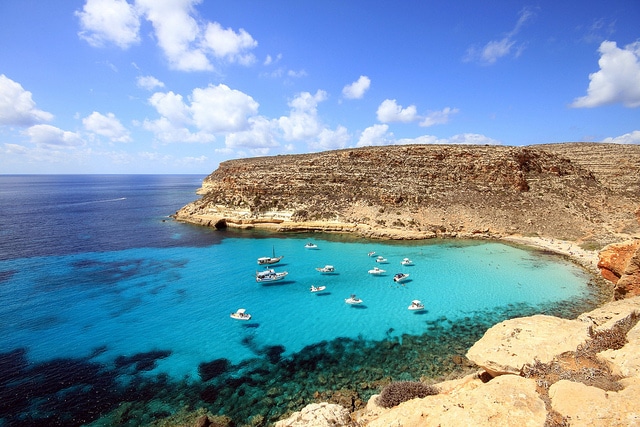Tibet, the spiritual centre for Buddhism and home of mighty Everest, is a bucket-list favourite for many travellers. Despite its tumultuous history, Tibet travel has come a long way. Tibet sees thousands of tourists every year for many reasons—be it for adventure, for spiritual enlightenment, or to just witness the serene beauty. Located at an altitude of 4,500m, Tibet is one of the highest habitable places on Earth. It is rightly called the ’Roof of the World’. Tibet is not only a land of high mountains and a land of Buddhism; it is a land with beautiful palaces, pristine lakes, thrilling highways, and unique cuisine. Due to the remoteness of the place, there are many misconceptions and mistakes travellers make about Tibet. Many of which are made from unverified information online. This article aims at clarifying some of the most common misconceptions and mistakes travellers make about Tibet.
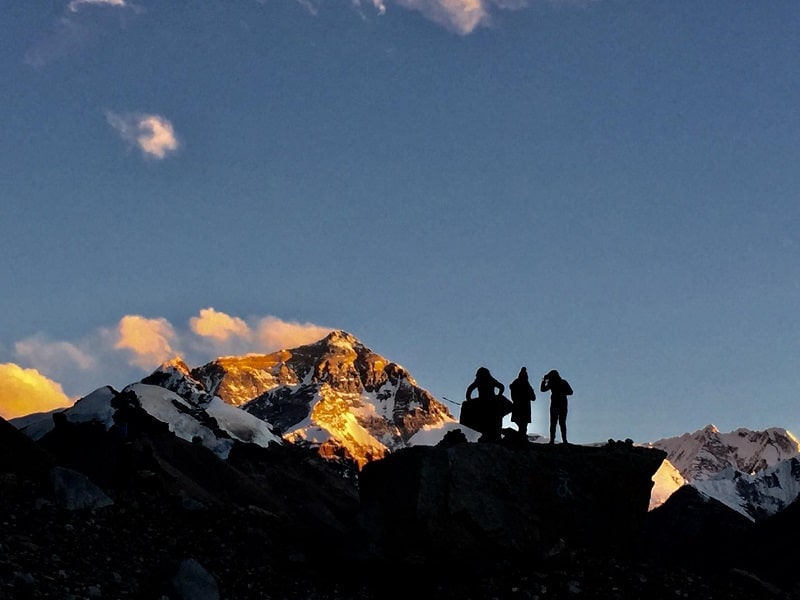
Mistake 1: Foreign Tourists Can Travel Independently in Tibet
Tibet is an autonomous region where independent travel is not allowed for foreign tourists. Tourists should be part of an organized tour. The government and Tibet travel policy does not allow solo and independent travelling for foreigners since 2008. Tourists can only explore Tibet through a legitimate certified Tibetan travel agency. To enter Tibet, tourists also need permits along with Chinese visa. Tourists must obtain Tibet Travel Permit (TTP) before entering Tibet. To explore regions outside of Lhasa like Everest or Mt. Kailash, tourists need to obtain Aliens Travel Permit (ATP). TTP can be obtained and arranged by the Tibetan travel agency you are booking your trip though. ATP can be obtained upon arrival at Tibet. You should e-mail copies of your passport and visa to the travel agency, after which the permit will be obtained in 5-7 working days. Travelling as a part of an organized tour has many advantages in Tibet, you will have a personal guide who can converse in English and driver with you at all time and any issues faced can be solved immediately and easily.
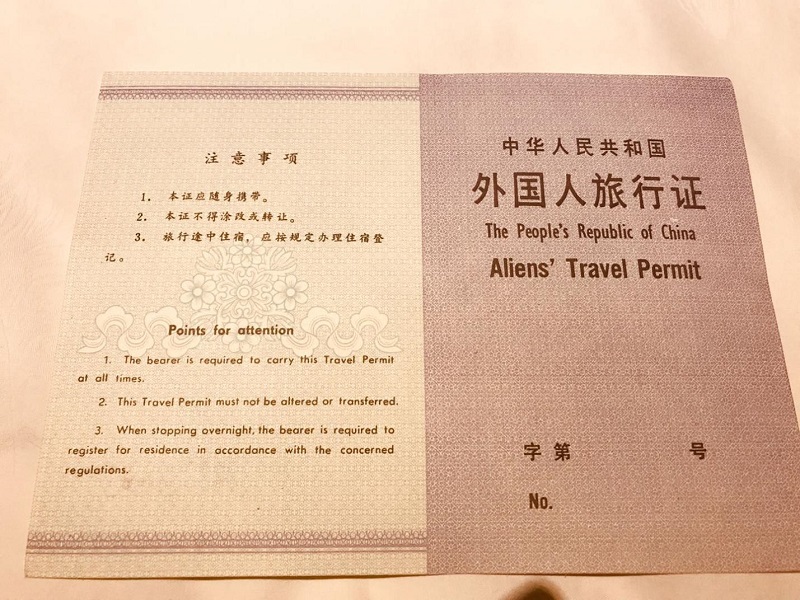
Mistake 2: Altitude Sickness Is Severe and Scary
People experience altitude sickness when they travel to higher altitude very quickly. Many tourists assume that travelling to Tibet, it is inevitable to get altitude sickness and that altitude sickness is a severe and scary. When you travel by flight to Tibet, you are ascending at a fast rate, but travel organizers make sure that you stay in Lhasa long enough for your body to adapt to the surroundings. Most tourists are likely to experience mild symptoms of altitude sickness like headaches, loss of appetite, and nausea. These symptoms last mostly for a day or two. There are precautions you can take to make it easier for you. You are advised to drink plenty water, eat fruits, and avoid drinking alcohol or doing heavy workouts. All tourists are requested to visit their physician and get some medicines for symptoms of altitude sickness before the trip. There are good hospitals in Tibet that provide best care for altitude sickness. Tourists can also carry small oxygen tanks with them in case of shortness of breath. The oxygen tanks can be brought easily in Lhasa, they are sold in hospitals, drug stores, and even in some hotels. Altitude sickness is not scary when proper precautions are taken.
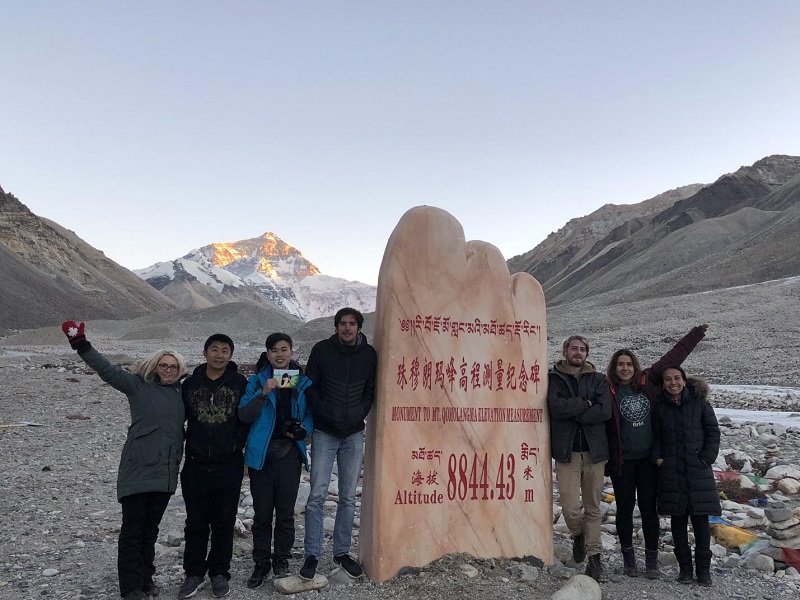
Mistake 3: Winter Is Too Cold to Travel in Tibet
Due to the high altitude location of Tibet, tourists often assume Tibet is not an ideal destination during winter. While it is true that Tibet gets very cold during winter, Tibet shows a different kind of beauty with snow all around. In the month of November and early December, the cold is very much tolerable and the beauty of Tibet can be enjoyed with just warm layers of clothing keeping your comfortable. During winter, the day time temperature in Lhasa is still higher than many other places in China. The sun still manages to peek through even if it is only for a few minutes. It is during night when the temperatures get too low and tourists are advised to layer themselves up properly. Another advantage of travelling to Tibet during winter is the low cost of accommodation and travel. Since there is not much of tourist inflow during these months, the prices are slashed to half and even the entry tickets are also cheap. You can visit all the attractions without the typical tourist rush. Tibetan festivals like Tibetan New Year and Tsongkhapa Butter Lamp Festival during this time. During these festivals you can converse freely with the local pilgrims and know more about their way of life by doing so.
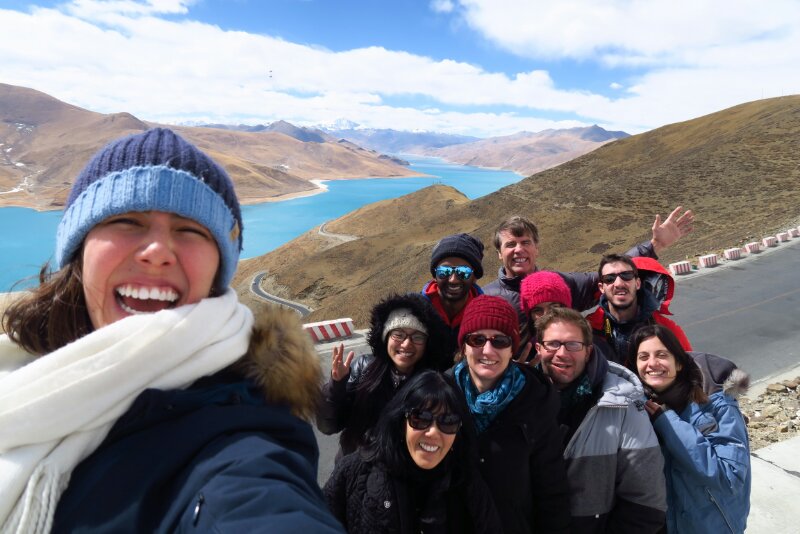
Mistake 4: Tibet Is Not Safe
There is a general conception that Tibet is not a safe place to travel because of the political instability and turmoil. Many assume that there is still political violence in Tibet, but that is not the case. Today, Tibet is one of the most calm and peaceful place. The government makes sure and takes extra effort to keep its tourists and locals safe. If there is any issue, they care of it immediately. Tibet has strict rules and regulations to protect tourists and protect the business of locals. Another reason why many think Tibet is not safe is because of a wrong assumption that Tibet is a poor region. Tibet is not a poor region, the development in tourism and improvement in infrastructure has in fact led to development in the region. Tourism supports many local businesses in Tibet and has increased the standard of facilities and such. With increasing number in inflow of tourists came improvement in local businesses which led to improvement in standard of living for the locals.
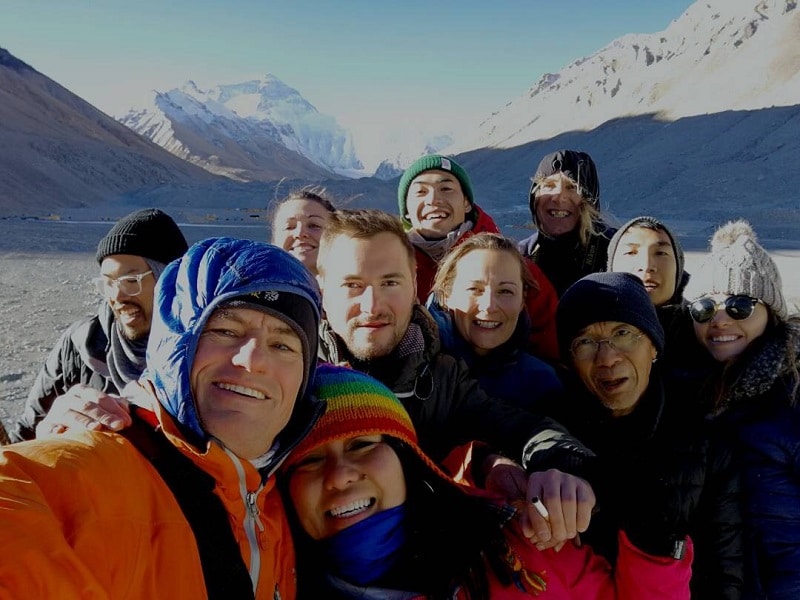
Mistake 5: Tibetans Are Not So Friendly
Tibetans are one of the warmest hosts any tourist will find in this world. The people of Tibet are harmless, peace loving people who preach their values and try to preserve their culture and religion. They make sure tourists are comfortable and take an extra care for first timers in Tibet. You will find many locals warmly welcoming to their houses. They are friendly and welcome you warmly as long as you are respectable towards them. All the tourist guides know English and any clarification or problems will be dealt swiftly. Visit Tibet, experience their warmth and you will yearn to come back to Tibet again and again.











